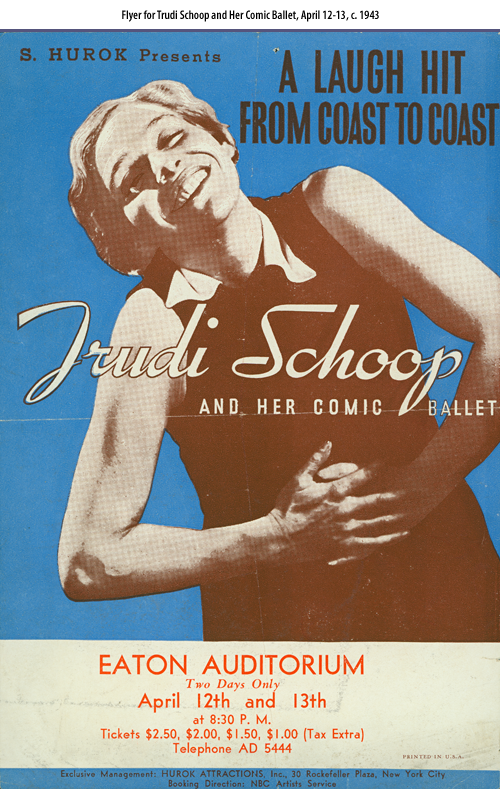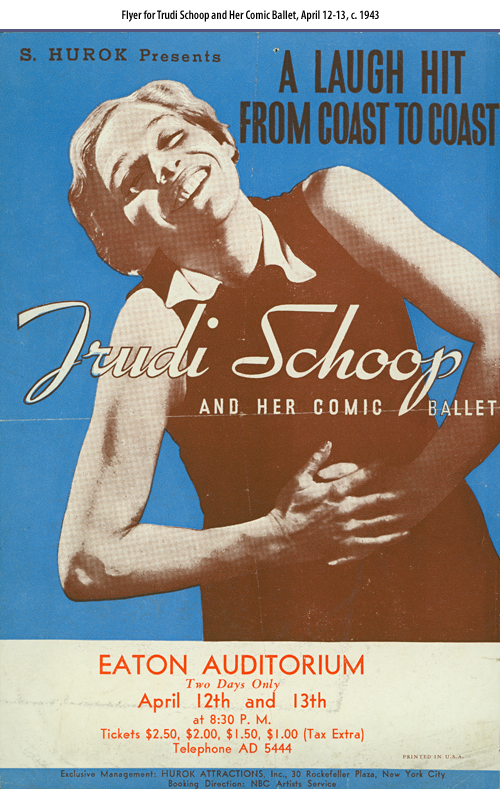
Learning About Dance/Movement Therapy Pioneer Trudi Schoop
One of the classes that I am currently taking as a first-year DMT & C student is called Dance/Movement Therapy Theory. This has quickly become a class that I am fond of, because it explores the theories and styles of the dance/movement therapy pioneers. In addition, we have the opportunity to experience dance/movement therapy sessions every week in our movement lab. Just this past week, my classmates and I learned about Trudi Schoop. I could not help but be inspired by the manner in which she healed so many people through movement. She left a beautiful mark on the dance/movement therapy field.
Trudi was a very talented mime and performer, and she was even considered the Charlie Chaplin of her day. Through her therapy session methods, she demonstrated just how valuable it is to bring humor into treatment when appropriate. She would often do this by exaggerating the posture of her patients and then encouraging other patients to move with the same posture. She saw this as a less hurtful way of correcting the posture of her patients.
This to me is pure genius, because when I eventually begin to practice as a dance/movement therapist, I will likely be working with clients who will not be dancers and may feel uncomfortable at the very thought of dancing in front of a group of people. By bringing humor into the room, a sense of cohesion can grow among the members of the group and create for a fun and accepting environment. Not to mention, comedic relief can also allow for emotions like happiness and enjoyment to reenter the awareness of clients.
I also appreciated that Trudi recognized the importance of understanding that there is more than one side to every patient. Often times, when a patient has been in the hospital, they begin to only identify with themselves in terms of their diagnosis. The beautiful thing about Schoop’s work is that she began to expand her clients’ movement repertoire, and in doing so, she began to help patients become aware of the other sides to the self they each embodied. She began to allow for patients to explore through movement the different sides to their personality.
This is a concept that I find to be so important in working as a therapist. Often times, it is easy for a client to begin to only associate themselves with their diagnosis (especially in inpatient situations). Through Schoops concepts of opposites, we can bring clients to experience a range of feelings and become further familiar with the self, which is one of the beautiful things about movement. By expanding the clients movement repertoire, we can begin to show the client all the possibilities.
To end our lesson last week on Trudi Schoop, we all had the opportunity to take part in experientials led by Susan Imus, the instructor of the class and the head of the Dance Movement Therapy Department. This was a truly wonderful experience as Susan had worked with Trudi in the past. It was incredibly insightful to see how she used dance/movement in her work with clients.
On another note, the second annual M.O.V.E.D. Concert, Still Moving, will be held on November 30 in Hamlin Park! For more information check out our Facebook page!

